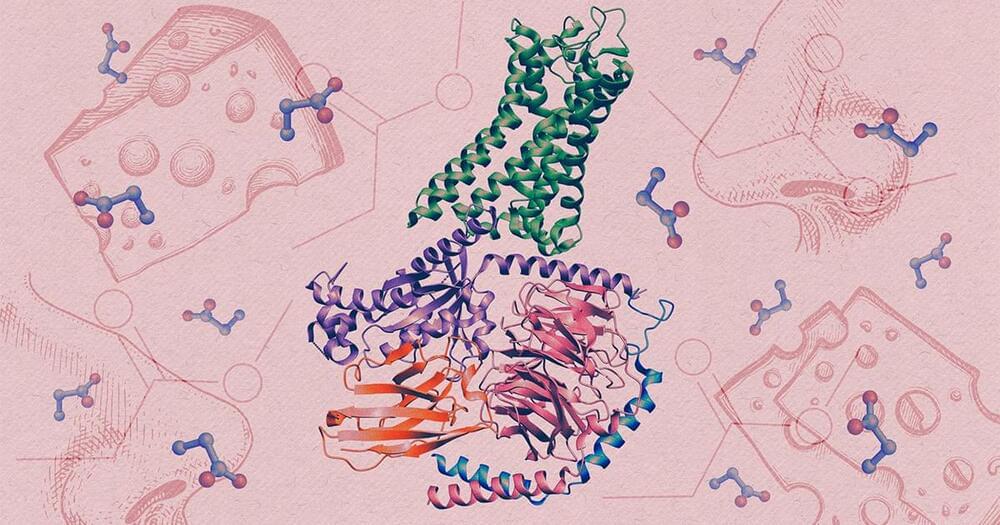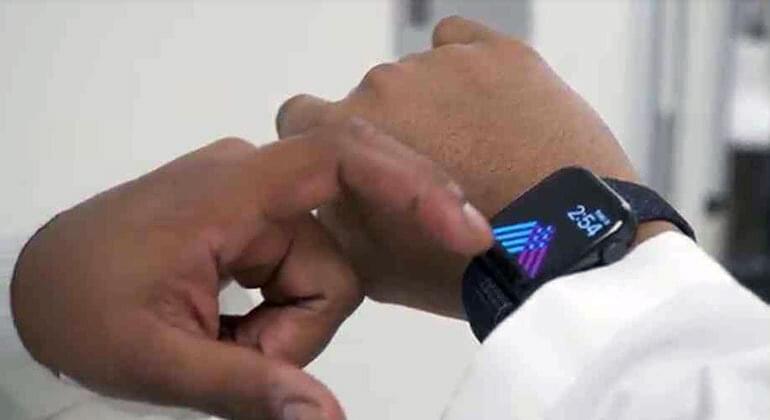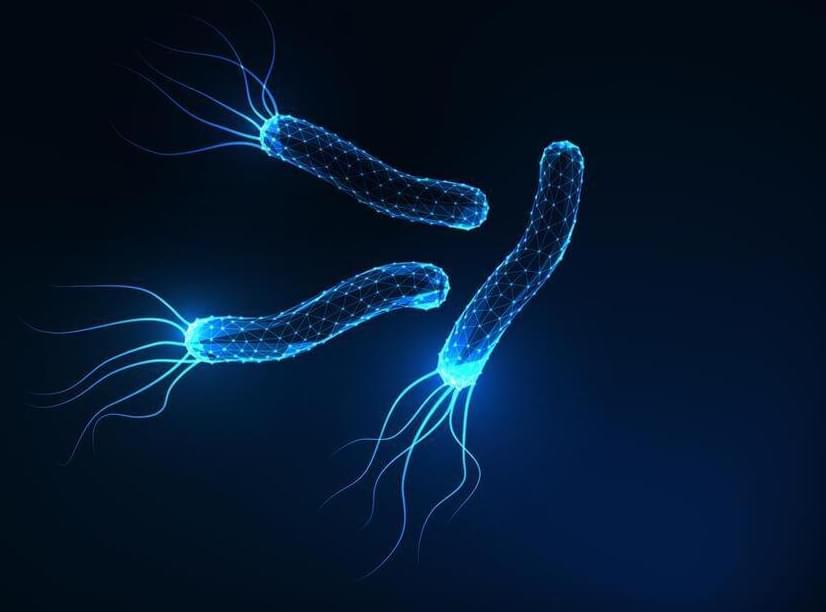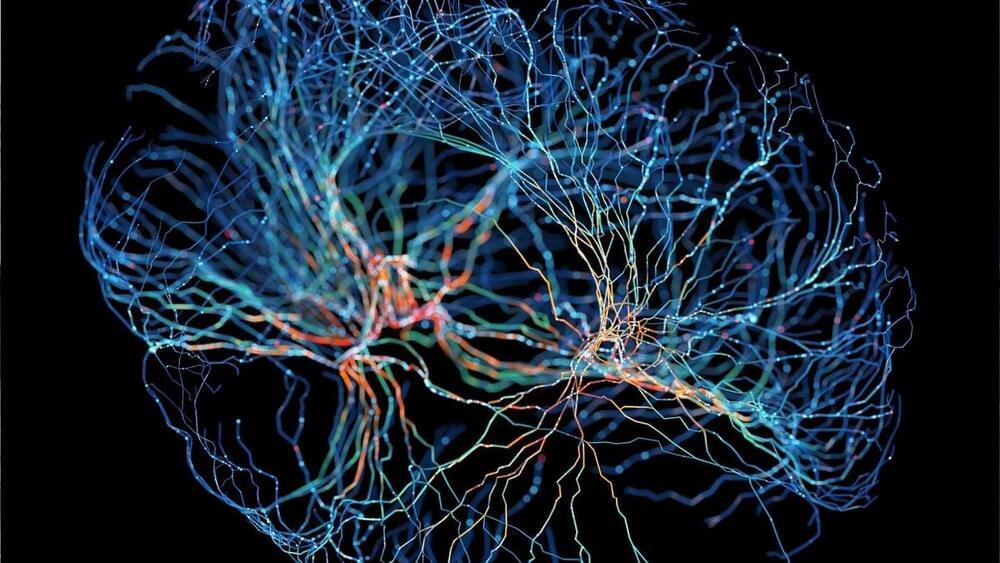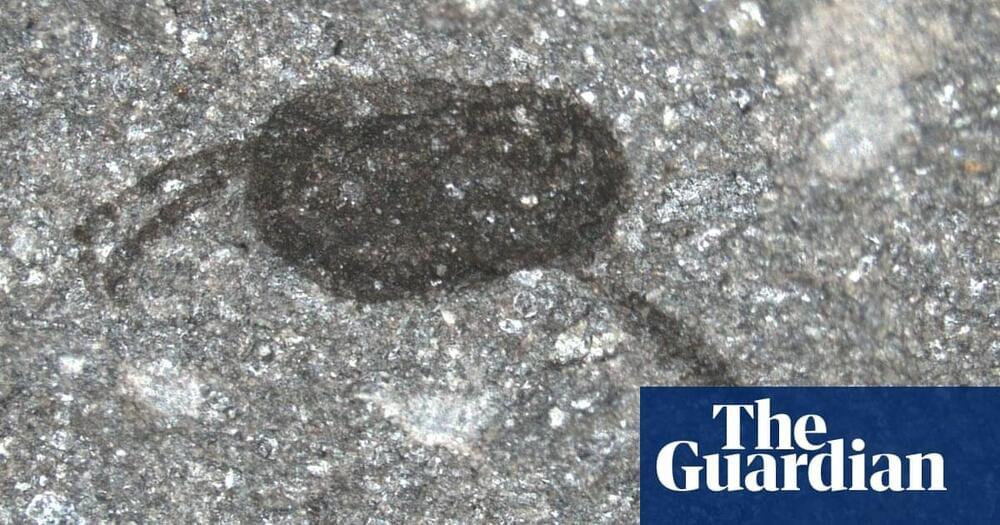At last, we’re on the cusp of a passwordless era. Replacing passwords with passkeys promises to reduce frustration while making us safer.
However, through my experience working with businesses and end users, I’ve found widespread misunderstandings around passwordless technologies. Many don’t understand what passwordless technology is or how it works, and some mistakenly think that more onerous login processes mean it’s more secure. Here’s an update on where we stand and what we need to take passwordless technology mainstream.
Passwords may be the default, but they’re not our best option.

